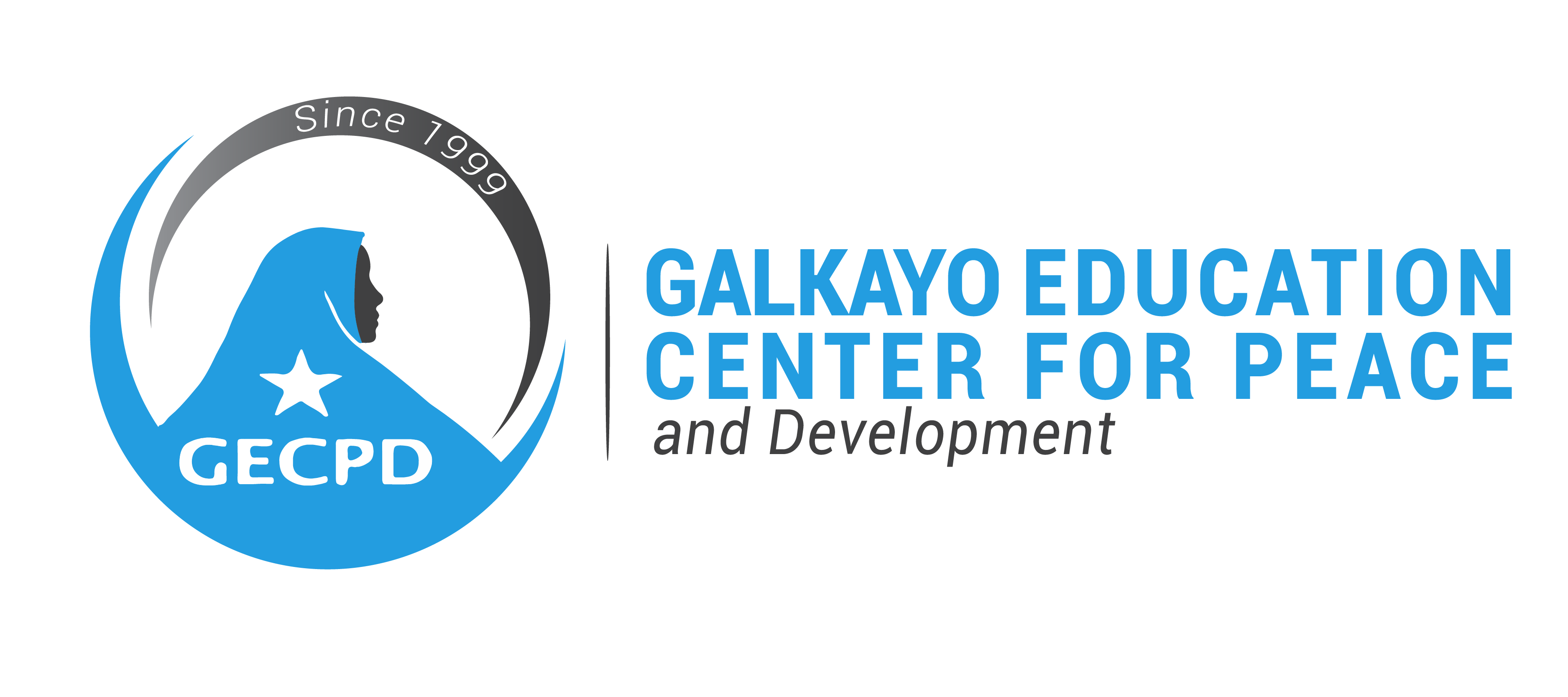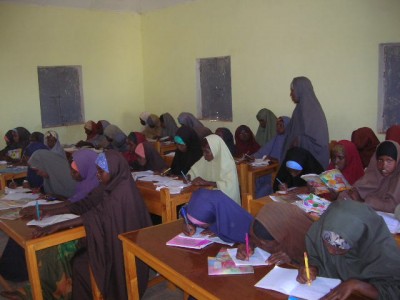

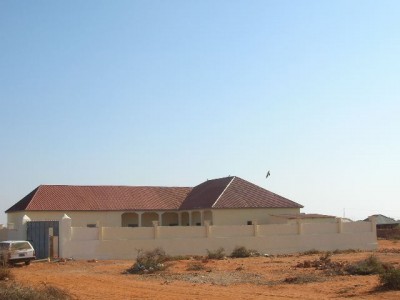
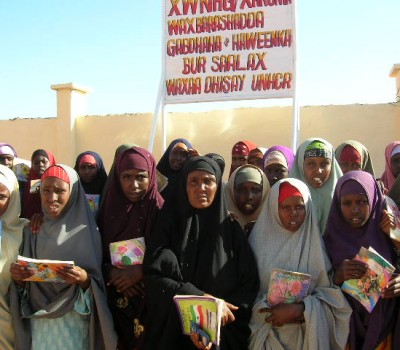
Background
This is a village town of Galdogob district, situated 60 kilometers south-west of Galkayo town. The village is mainly pastoral. Galdogob is a pastoral nomadic district town located in the north-central Mudug region in Somalia. The town is situated 75 kilometers away from Galkayo off the main Bosaso/Beletweyn and only 10 kilometers away from the Somalia Ethiopia border. This town is the headquarters of Galdogob district of Mudug region. The town is surrounded several villages including Goldogobti hore, Bula xanan, Naxarka, Daqsiiley and kontorolka. It has an estimated population of about 140,000. Pastoralism is the main economic engagement for the residents who mainly comprise the nomadic communities although a few are engaged in small scale business.
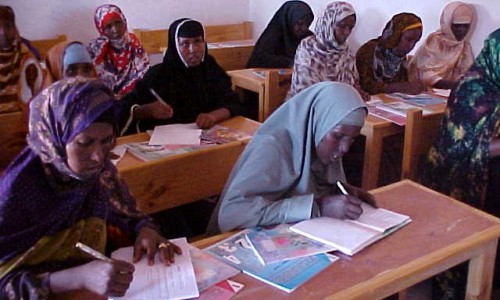
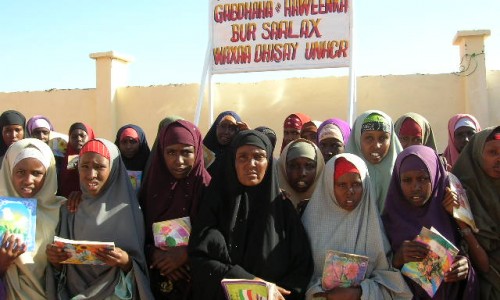
The town lacks most of the social amenities and although there are a few schools, there were no schooling facilities for girls and women except the program being offered by GECPD. The nomadic nature of the resident pastoral community and poverty levels are high. Coupled with the patriarchal nature of the Somali society that does not value education for girls and women were and girls marginalized and discriminated against when it comes to accessing education. GECPD has been working in this area since 2000, providing Integrated Adult Literacy to women and girls and primary education for girls since 2004 providing Integrated Literacy programs for women and girls.
With the support of UNHCR, GECPD constructed the Bursallah Women Learning Center between 2008 and 2009.
Bursallah Women Center
The center was constructed between 2008 and 2009 with the support of UNHCR to provide non-formal Education to poor pastoral rural and returnee women and girls in the area. The center consists of 3 classrooms, 1 skills training room, 1 office/staffroom, 2 latrines and a water tank.
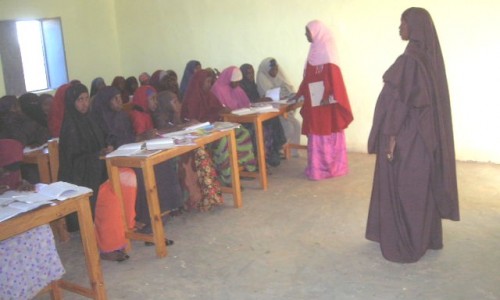
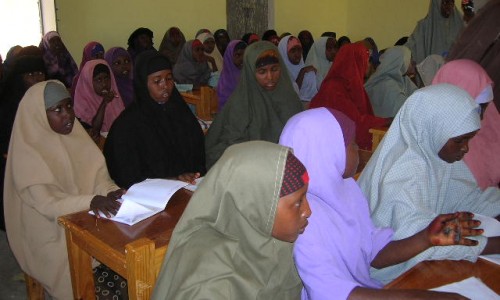
The center provides non-formal education for women and girls from poor pastoral rural and returnee families in the area. Prior to the construction of the center, there was no school in the village town offering education to girls and women.
